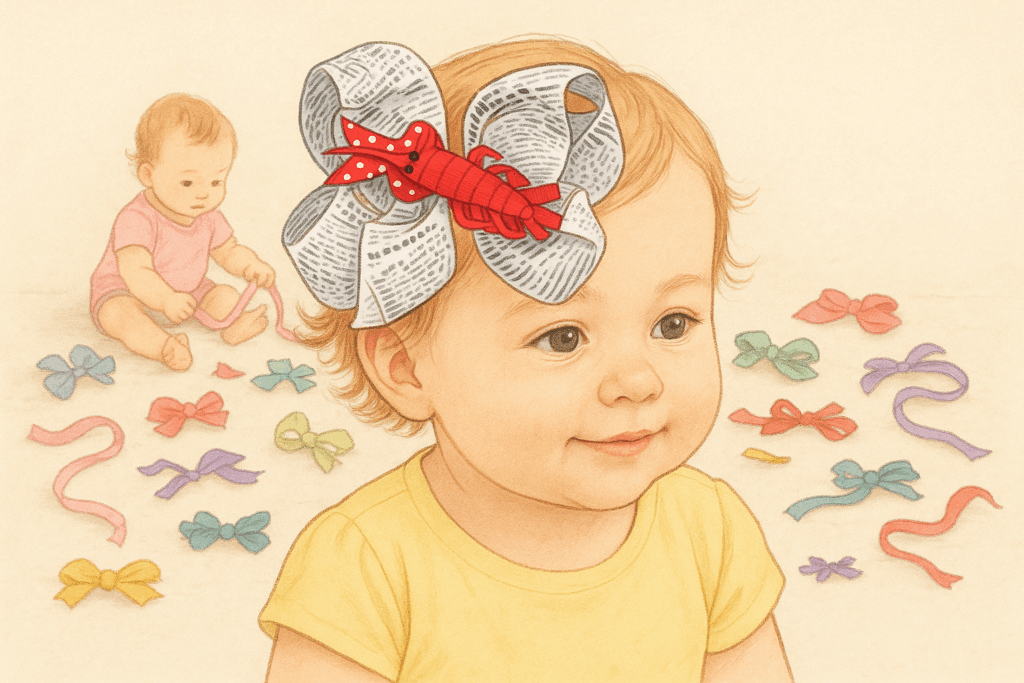
Hair clips might look small, but anyone who’s ever tried to hold back flyaway with the wrong one knows they matter! The right clip keeps your hair in place, adds a touch of style, and feels comfortable. The wrong one? It slips, snaps, or tugs until you give up and toss it in a drawer.
That’s why choosing hair clips isn’t just about picking a pretty design. It’s about understanding the basics: what they’re made of, how strong the spring is, and the finish on top. Get this right, and you’ll have clips that last longer, work better, and suit your hair type, whether you’re shopping for yourself, your baby, or even stocking up your salon.
Materials Matter: Picking the Best Hair Clips
Let’s start with materials because that’s the first thing that shapes a clip’s personality. The material decides if it feels light or sturdy, whether it bends easily, and how long it’s going to last in your drawer.
1. Plastic Hair Clips:
Light, affordable, and available in just about every color and size. Great for kids or quick everyday use. The only downside? They can snap if you push them too far.
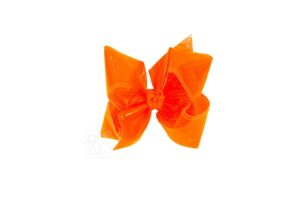
2. Metal Hair Clips:
Think snap clips and alligator clips. They grip better, hold longer, and can handle both thin and thick hair. That’s why stylists always keep them close.
3. Acrylic and Resin Hair Clips:
The stylish middle ground. They’re durable, modern-looking, and often show up as cute hair clips or claw clips you’ll see trending on social feeds.
4. Fabric-Covered Hair Clips:
These are soft and safe, especially for babies. Infant hair clips and baby bow clips often use fabric because it doesn’t tug at fine strands.
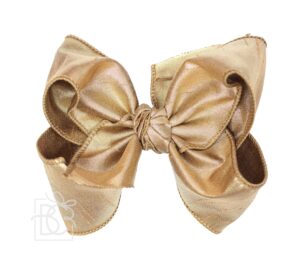
Here’s a tip: parents almost always go for fabric bow clips for little ones, while teens and adults lean toward resin or acrylic for the mix of durability and style.
Why Springs Decide the Quality of a Hair Clip
No matter how cute or sturdy a clip looks, if the spring is weak, it won’t hold. The spring is what decides whether your clip stays in place or pops open halfway through the day.
- Single springs are simple and usually found in smaller claw clips. They work fine if you have thin or fine hair that doesn’t need much force to stay put.
- Double springs are built for power. These are the kind you want if you’ve got thick hair or if you’re using clips in a salon setting. They grip more hair without sliding.
How do you tell if a spring is good? Open and close it a few times. A strong spring feels smooth, snaps back without stiffness, and doesn’t feel flimsy. If it’s already wobbling in your hand, it won’t last.
For everyday shoppers, this quick test makes buying easier. And if you’re ordering for a salon or retail business, strong springs are something customers will thank you for, especially anyone with thicker hair.
The Role of Finishes in Hair Clips
Now let’s talk about finishes. Most people look at them as “just the style,” but the truth is, the finish also decides how long your clip will last.
- Glossy finishes: Shiny and eye-catching, though they tend to scratch more easily.
- Matte finishes: Smooth, trendy, and a lot more scratch resistant. A big reason why matte resin clips are so popular right now.
- Powder-coated or painted finishes: These are made to last and are often used in salon-quality clips.
- Fabric-covered clips: You’ll see these in bow hair clips for babies and kids. They’re soft, gentle, and add a little charm.
If you’re running a shop, it’s good to know what people prefer. Parents usually look for fabric clips for little ones, while teens and adults often gravitate toward matte resin or acrylic designs.
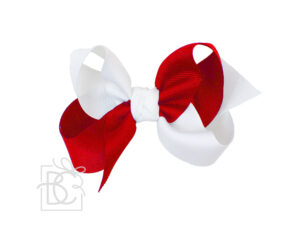
Hair Clips for Every Age Group
The right one depends on who’s wearing it. Babies, kids, teens, and adults all have different needs. And what works on your toddler’s wispy hair won’t do much for someone with a thick mane.
1. For Infants and Newborns:
Baby hair is fine, soft, and super delicate. That’s why infant hair clips or newborn hair clips are tiny, lightweight, and usually wrapped in fabric. They don’t pull, and they sit gently on the scalp. Plus, the bows and colors are just adorable!
2. For Kids:
Kids want fun, parents want functional. Cute hair clips or bow hair clips are great for school mornings. If your little one has slippery strands, look for hair clips for thin hair. They grip better, so you’re not re-fixing them every five minutes.
3. For Teens and Young Adults:
This is where clips become a style statement. Resin, acrylic, and matte finishes are super popular because they go with pretty much any outfit. Alligator hair clips are also handy here. They are perfect for styling without leaving dents.

4. For Adults:
Once you’re juggling work, events, and daily life, you want clips that hold. Hair clips for thick hair are a must if you’ve got volume to manage. Strong springs and sturdy materials make the difference between a clip that slides out mid-meeting and one that stays put all day.
Choosing Hair Clips for Styling vs. Everyday Use
There are clips you grab when you’re running late, and then there are clips that help you style your hair. Mixing the two up is why half of us have drawers full of random clips that don’t really work.
For day-to-day wear, you don’t need anything fancy. A couple of small hair clips or snap clips do the trick when you just want your hair out of the way. They’re cheap, light, and you can toss them in your bag. Honestly, the fun part here is picking colors, like a pink hair clip to brighten up a plain outfit.
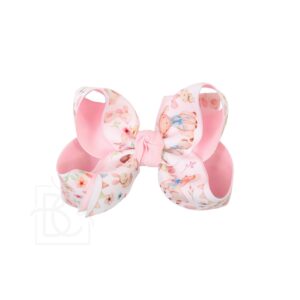
Styling is another story. If you’ve ever tried to section your hair with a flimsy clip, you know the struggle. That’s when you should use alligator hair clips! They grip, they stay, and they don’t leave weird dents.
Bigger claw clips or stronger metal ones also fall into the “styling” side of things because they’re built to hold while you work with heating tools or products.
Best Tips for Choosing Quality Hair Clips
Two hair clips might look identical on the outside, but one will last months while the other breaks in a week. The difference usually comes down to the small details most people don’t check.
1. Check the Spring:
Open and close it a few times. A good spring feels smooth and snaps back without wobbling. If it feels weak right away, it won’t survive daily use.
2. Look at the Finish:
Glossy clips are pretty, but matte or powder-coated ones usually hold up better against scratches. For kids, fabric-covered clips are both gentle and cute.
3. Match it to Your Hair Type:
Thin hair does better with lighter clips that grip without slipping. Thick hair needs bigger clips with stronger springs, otherwise they’ll just slide out.
4. Test the Grip:
If you clip it in and it slides out within seconds, that’s not the one. The best hair clips hold without digging in or pulling too much.
And honestly, once you find a brand that makes clips with solid springs and finishes, stick with it (it saves you from endless trial and error!)

Leave a Reply